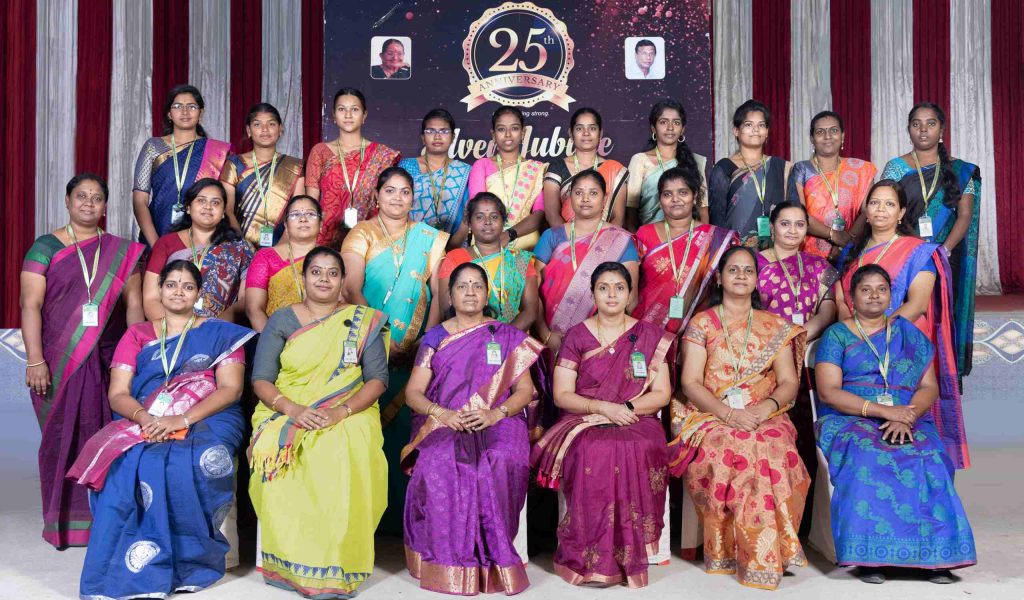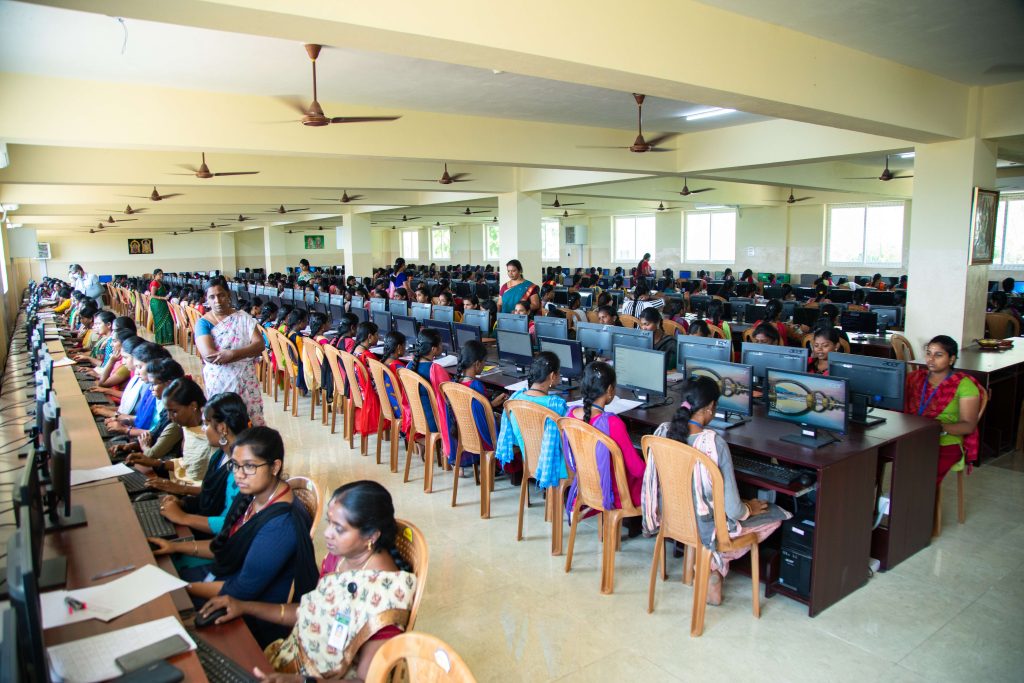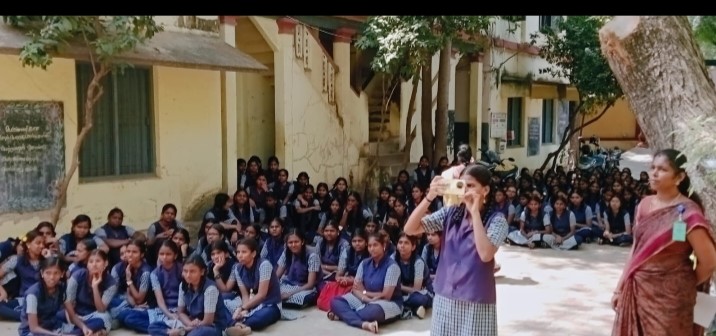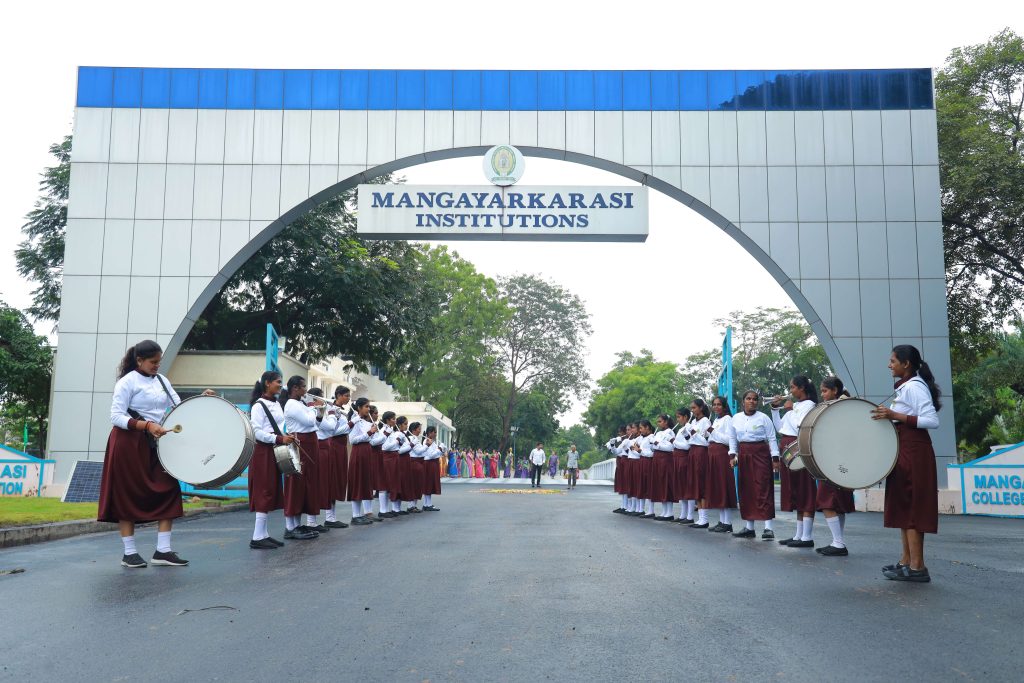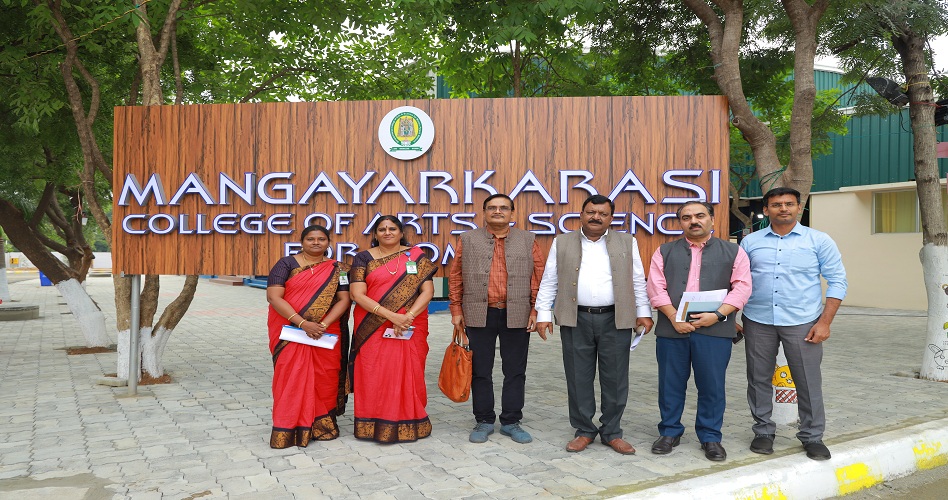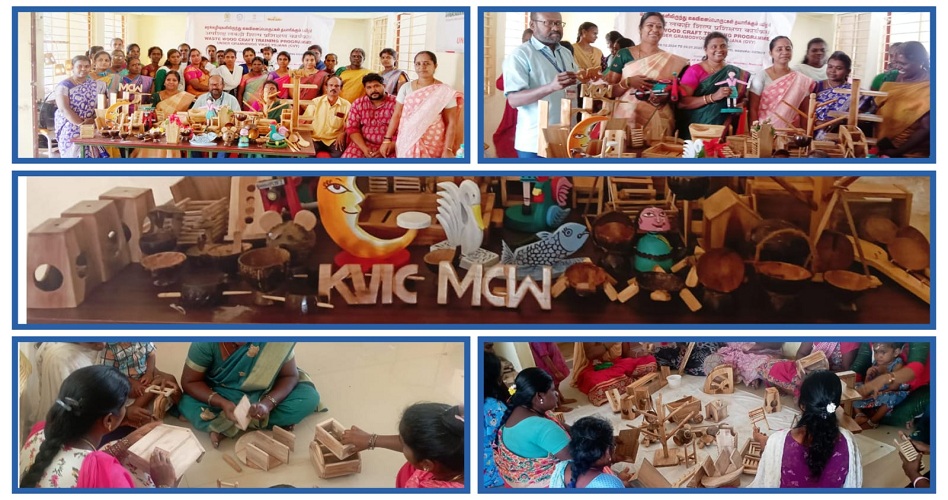CAPACITY BUILDING
SOFT SKILLS
A soft skill is a personal attribute that supports situational awareness and enhances an individual’s ability to get a job done. The term soft skills is often used as a synonym for people skills or emotional intelligence. Unlike hard skills, which describe a person’s technical ability to perform a specifically-defined task, soft skills are broadly applicable across job titles and industries. It’s often said that while hard skills might get someone an interview, soft skills will help that person get and keep the job.Business executives and leaders are making soft skills more of a priority when hiring, as they are often essential for workers to succeed in modern organizations. In 2018, LinkedIn listed leadership, communication, collaboration and time management as the top four most in-demand soft skills.
LANGUAGE & COMMUICATION SKILL
Communication is a two-way process between participants where they exchange information, ideas, feelings, and create and share meaning. This may be done through different means such as spoken or written language, gestures or visual aids. Language is a formal system of words and symbols through which we communicate. We might do this through speaking, listening, reading, writing and viewing. Due to the nature of language, users have the ability to create and share infinite meanings. Speech is made up of the sounds within a language, and it is one of the main ways in which we communicate with people.




